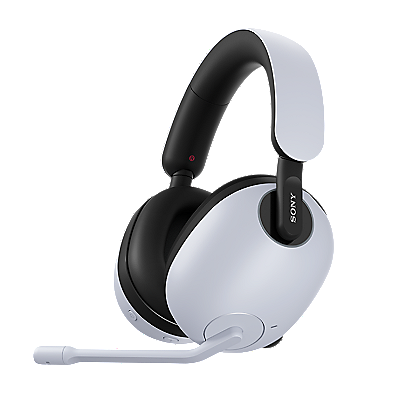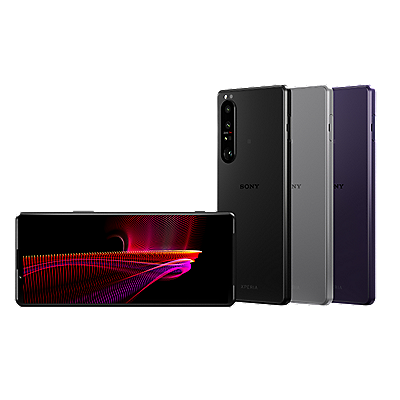There is no picture on the television from the Audio/Video device via an analog cable.
When connecting with an analog cable (composite or component cable), the picture and sound may be frequently interrupted, or the edges of the picture may seem discolored.
IMPORTANT:
- The following shows you solutions if you experience problems when connecting a TV and an Audio/Video device via an analog cable (composite or component cable). If there is no picture on the TV screen when using an HDMI cable, refer to: There is no picture when using an HDMI connection.
- Make sure your TV has the most recent system software (firmware). System software updates are available for certain LCD Televisions.
- If model-specific information is needed to complete any of these steps, refer to the operating instructions for the product. Manuals are posted on your model support page.
NOTE: The BRAVIA Connectivity Guide can provide you with a customized hookup based on the available connection jacks on your A/V products.
-
Check if the input method of the TV corresponds with the connected device.
Check if the TV and the connected device (an Audio/Video device such as a Blu-ray player) are turned on. Press the Input button on the TV's remote control then switch the input method to the one that corresponds with the connected device, and check whether the picture appears on the TV screen.
Example: An Audio/Video device is connected to the composite video input terminal of the TV.→ Press the Input button on the TV's remote control to select Video.
-
Check if the cable is firmly connected to the TV and the connected device.
There may be a case that audio/video does not output from the TV correctly if the cable connected to the TV and the A/V device gets loose from the terminals. Check whether the cable is firmly connected to the TV and the connected device. -
When using a composite cable (RCA), check the following.
Check if the input method of the audio system (such as amplifier or theater stand) corresponds with the video output device when the video output device is connected to the TV via the audio system.
- Video output device (Example: BD/DVD player)
- Audio system (Example: AV Amplifier)
- TV
- The input method of an audio system above (Video) is an example. Select the appropriate input method according to your device's specifications.
- If there is no picture on the TV screen even though selecting the correct input method, try the following connection [A] if you have a spare cable.
Connect the video output device and the TV directly, not through the audio system, with a video cable. Then, check whether the picture appears on the TV screen.
- Video cable connection
- Audio cable connection
- Video output device (Example: BD/DVD player)
- Audio system (Example: AV Amplifier)
- TV
-
When you have a spare cable, replace the currently used cable then check if the situation will improve.
Check whether the connecting cable causes this problem. If you have a spare cable, replace the currently used cable with it then check whether the situation will improve. -
Connect another input terminal of the TV.
Check whether the input terminal on the TV causes this problem.
Follow the steps below.- Connect the cable to another input terminal of the TV.
Example: The cable is currently connected to the component 1 input terminal. → Connect the cable to the component 2 input terminal instead. - Press the Input button on the TV's remote control then switch the input method to the one that corresponds with the input terminal that you connected in step 1, and check whether the picture appears on the TV screen.
- Connect the cable to another input terminal of the TV.
-
Connect another A/V device to the TV.
Check whether the connected A/V device causes this problem.
If you have another A/V device, connect it to the same input terminal of the TV as the original A/V device then check whether the picture appears on the TV screen. -
Reset all the devices by disconnecting/reconnecting the power cords (mains leads).
If this problem is caused by external factors such as your network service or the connected devices, resetting the devices may improve the situation.
Reset the devices and update software. Follow the steps below to reset the devices.- Turn off the connected device and the TV.
- Unplug the power cords of the device and the TV.
- Allow both the device connected and the TV to remain without power for 30 seconds.
Plug the power cords of the device and the TV back into the electrical outlet. - Turn on the connected device and TV.
-
Perform a factory reset.
If there is still no picture, reset the TV to factory settings.
For Android TV™, refer to How to reset the Android TV to factory settings.
NOTES:
- If your A/V receiver has a convert function, it may be necessary to activate this in the menu when using more than one connection type in the hookup. The operating instructions that came supplied with your unit should be able to provide whether your A/V receiver has this function.
- If your A/V receiver is not capable of up-converting signals, make sure that the type of video cable being used between your source (DVD, cable box, etc.) and the A/V receiver is the same exact type of video cable that is being used between the A/V receiver and the television.
- A composite or S-Video signal that is up-converted to a component or HDMI signal may not display due to copyright protection encoded in the video signal.
The troubleshooting steps listed above should resolve your issue. If you have completed all of the steps and the issue is not resolved, service may be required.




















